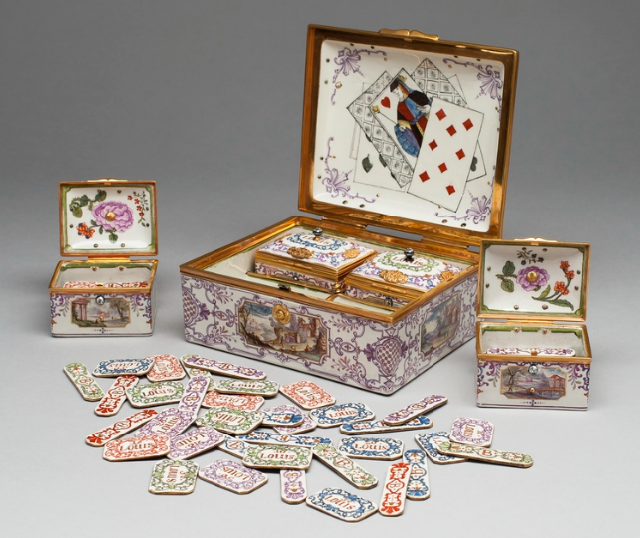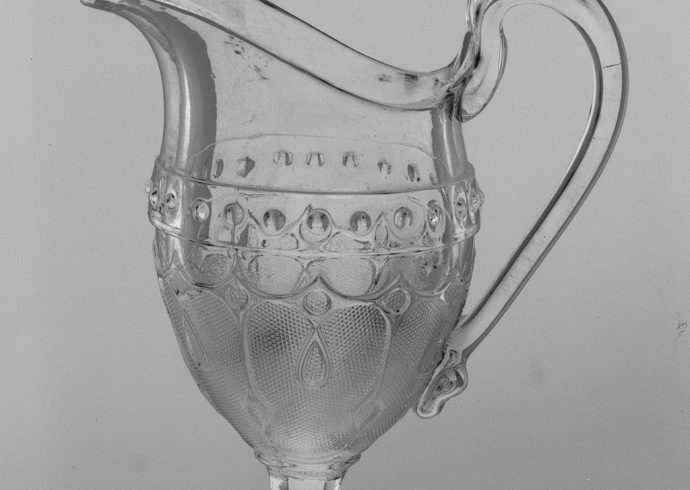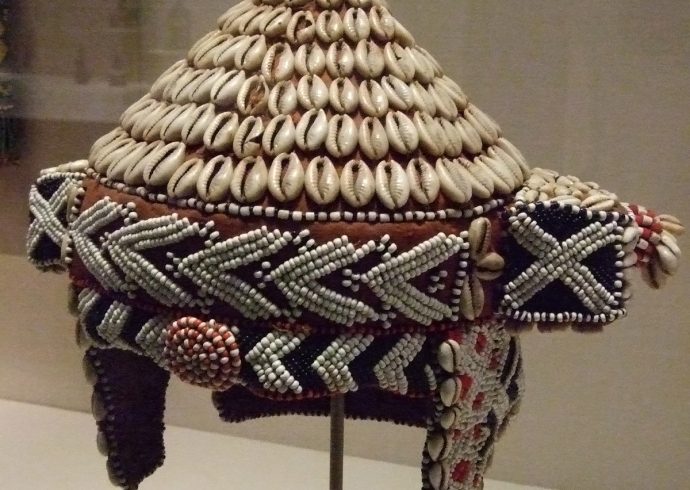
Modern gaming sets are often purchased in pop culture stores or other specialty stores that may also sell graphic novels, but during the eighteenth century these sets were much fancier, sometimes made of carved wood, ivory, or porcelain. Even a working-class family in western Europe could afford at least one deck of playing cards, along with gambling chips. For those who did not own a deck of cards, would take part in such games held in local taverns of the eighteenth century. Consequently, gaming as a popular form of recreation was not restricted to the upper classes of society, even though they were the ones most likely to own a fancy gaming set, and not just for cards, either. Chess, backgammon, dice, and checkers, sometimes referred to as draughts, would be stored in its own gaming set, with boxes to contain the game pieces. Card games like Whist, Quadrille, Pharaoh, Bridge, Scopa, Cribbage and many others were stored in specially designed boxes, along with gambling chips made from a variety of materials. It made sense to have a box of some kind to store playing cards and game pieces for storage, considering the lightweight cardboard that modern games are sold in was not yet invented until the nineteenth century.
As the gaming industry took off, furniture makers also played a substantial role in the design and building of tables intended for card or board games. These are often depicted through surviving examples now housed in museums such as the J. Paul Getty Museum. In art, one of the most popular gaming scenes is a boy building a house of cards upon a green-topped gaming table with drawers: “The House of Cards, by Jean-Siméon Chardin, painted circa 1737. This original work of art is at the National Gallery of Art in Washington, DC. Another work of art depicting a gaming scene from the eighteenth century is “Interior with Card Players”, by Pierre-Louis Dumesnil, painted circa 1752.
Gaming sets made for the upper classes in mind were made of elaborately carved wood or ivory and painted in attractive colors to hold cards and gambling chips. Yet one of the most eye-catching – and fanciest gaming sets manufactured within the last 300 years is made of porcelain, by the Du Paquier porcelain factory of Vienna, Austria.
Claude Innocentius du Paquier established his first porcelain factory in 1718 under the permission of Emperor Carl VI, who ruled over the Austrian Habsburg monarchy from 1711 until his death in 1940. Porcelain manufactured at the Meissen factory in eastern Germany inspired many designs for Du Paquier. The Chinese porcelain craze hit Europe during the seventeenth century, spawning imitation pieces which in turn became uniquely European. White biscuit porcelain, with highly detailed chinoiserie designs painted in cheerful, bright colors using enamel paints were favored by those who could afford a piece of extravagance in their homes, whether it was a soup tureen, set of dishes, cups, ewer, or beer tankard.
Returning to the Du Paquier porcelain gaming box, manufactured some time between 1730 and 1740, this extraordinary work of art measures 6 5/8” × 5 13/16” in size, lavishly decorated with enamel purple paint around the sides, with the lid encrusted with gold and diamonds. The main colors used to paint this porcelain gaming box and its contents are blue, green, red, and purple, against a striking white background. There are two different size sets of gambling chips included one which is long rectangle in shape, and the second set, a shorter rectangle. The brightly colored scrollwork design on each chip, plus gold lettering, make these a very elegant set of gambling chips with which to play in a card game. The gambling chips are made from hard-paste porcelain, as is the rest of the set, meaning that this specific type of porcelain was fired at a temperature of 2552 degrees Fahrenheit. This type of porcelain originated with Meissen, along with a number of other trade secrets in manufacturing high-quality porcelain. It has been estimated that this particular gaming box was presented to another European royal family by Carl VI.
Image Credit: Gaming box, Du Paquier Porcelain, c. 1735, Art Institute of Chicago.


